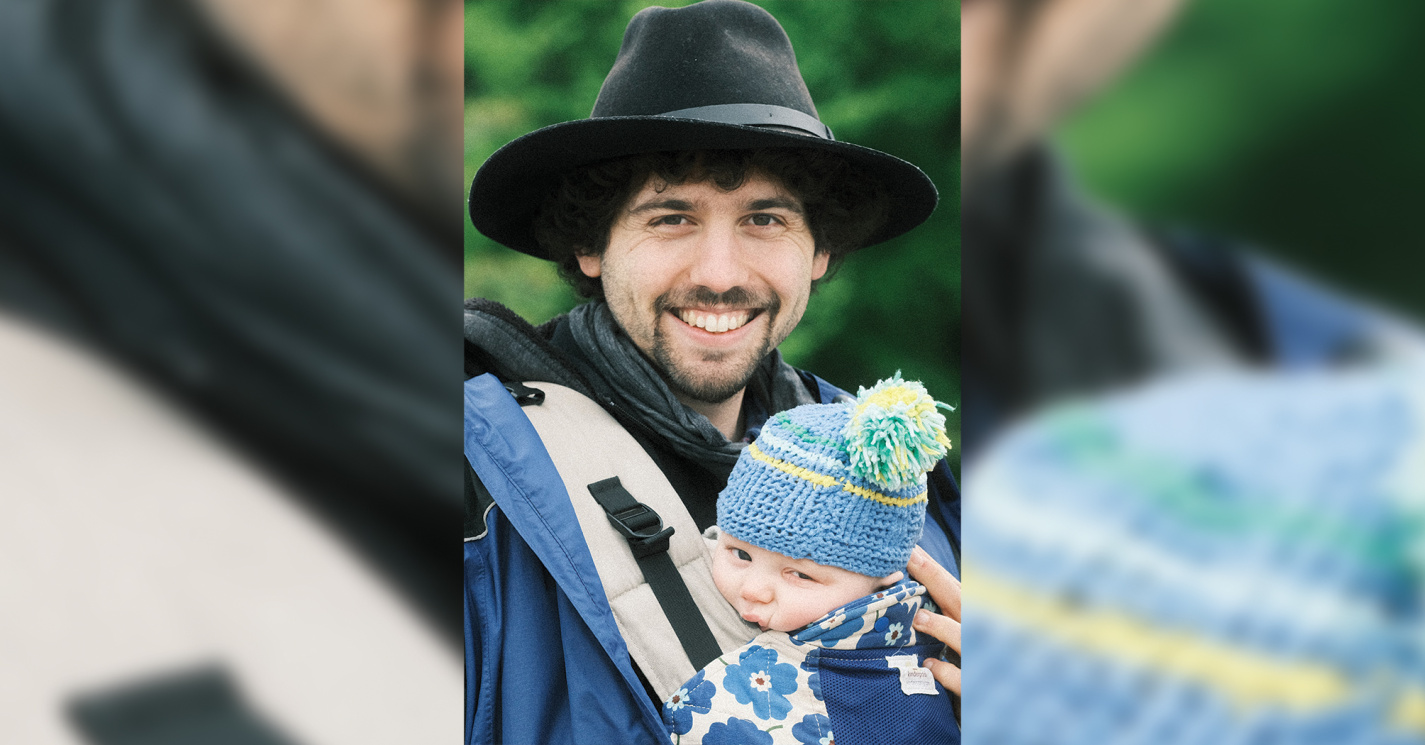More Stories from the Magazine
Table of Contents
Elizabeth Wallace (MS/MBA ’22)
Growing up, Elizabeth Wallace (MS/MBA ’22) watched as her mom ran an environmental education nonprofit in her free time. Her mom’s passion made it clear to Wallace that this work was important, thought it was less clear that working in nonprofits could be her career path. A defining trip to Chile shifted Wallace's view after a powerful earthquake struck.

Tao Zhang (MS/MLA ’08)
U-M is planning for the future of the Ann Arbor campus, with plans to reimagine the physical environment in ways that manifest the university’s strategic vision. Campus Plan 2050 has six focus areas, and Tao Zhang (MS/MLA ’08) is leading the effort for one devoted to Landscape + Open Space.

Elliott Kurtz (MS ’17)
Elliott Kurtz (MS ’17), a senior geospatial analyst at Chesapeake Conservancy, gives credit to his father for helping him discover his career path. His dad convinced him to take a Geographic Information Systems class in his sophomore year of college, which led him to SEAS.


